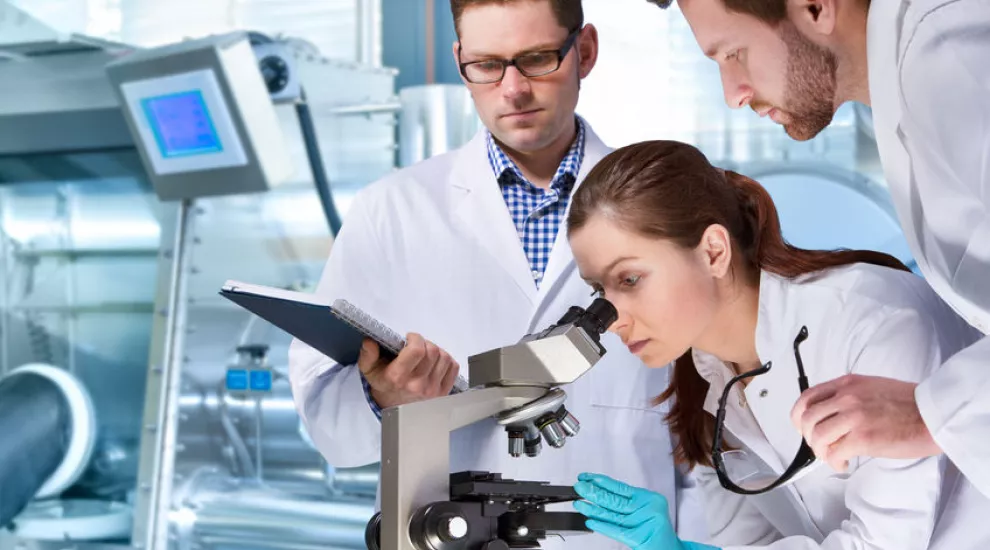
Last week I wrote about chimeras, part animal, part human organisms created by scientists. A news story on National Public Radio (NPR) brought it to my attention. Seems the National Institutes of Health (the NIH) is ready to lift a ban on funding chimeric research.
With the ban lifted, our government could bankroll scientists who are injecting human stem cells into animals to see what happens. Most animals could be included in this experimentation, except for “nonhuman primates like chimps and monkeys.” Scientists tell us this is really nothing new. Carrie Wolinetz, Associate Director for Science Policy with the NIH wrote:
“Biomedical researchers have created and used animal models
containing human cells for decades to gain valuable insights
into human biology and disease development. For example
human tumor cells are routinely grown in mice to study cancer
disease processes and to evaluate potential treatment strategies.”
What scientists want to do now includes growing human organs in animals. It’s pretty amazing when you think of the transplant possibilities; having an unlimited supply of kidneys, or even hearts and lungs available to people as soon as they need them.
Further, scientists want to research how pluripotent human cells will react in animals. Pluripotent cells can become any tissue in the body. Pluripotent cell versatility could be wonderful or disastrous. Scientists admit they don’t know what unintended effects pluripotent cells could have on the tissues and organs of the host animal. They are especially concerned about what could happen in the brains of animals if human cells were to introduce themselves into animals’ brains. Could a pig develop human emotions and/or cognition, for example? There are so many possibilities and so many questions. Are we ready for any and all consequences?
The NIH wants to hear from you. You can voice your opinion by contacting the NIH before September 6, 2016:
If you wish to offer public comments in response to the “Request for Public Comment on the Proposed Changes to the NIH Guidelines for Human Stem Cell Research and the Proposed Scope of an NIH Steering Committee’s Consideration of Certain Human-Animal Chimera Research,” published in the Federal Register on August 5, 2015, https://www.gpo.gov/fdsys/pkg/FR-2016-08-05/pdf/2016-18601.pdf, please note the following procedures. Public comments may be entered at http://grants.nih.gov/grants/rfi/rfi.cfm?ID=57. Comments may also be mailed to: Office of Science Policy, National Institutes of Health, 6705 Rockledge Drive, Suite 750, Bethesda, MD 20892, 301-496-9838. Comments will be made publicly available. Comments received, including any personal information, will be posted without change to http://grants.nih.gov/grants/rfi/responses_57.cfm. Written comments must be received by the NIH on or before September 6, 2016 in order to be considered.





